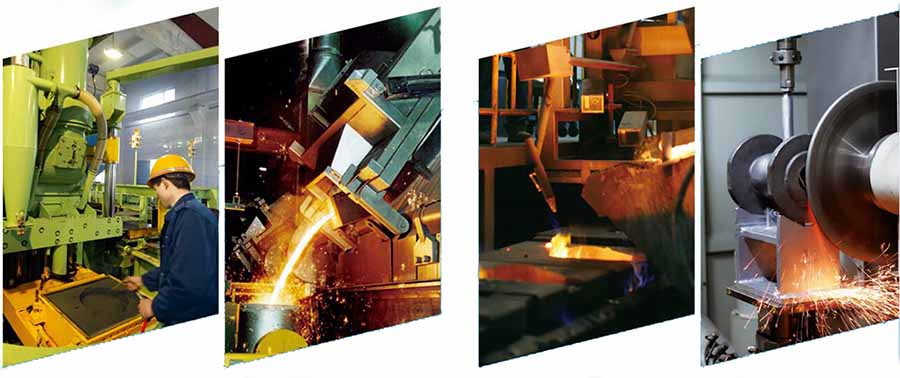Many types of check valve can be made from different materials, such as brass check valve, stainless steel check valve, PVC check valve, and cast iron check valve, depending on the application and the fluid or gas properties.
They also known as non-return valves or one-way valves, are mechanical valves that allow the fluid or gas to flow in one direction and prevent backflow. This type have a disc or a ball that rests on a seat, which closes the valve when the flow stops or reverses direction.
Farpro Valve manufacturers offer a wide range of general-purpose check valves and most specialty non-return valves to many industries and businesses. We guarantee the best quality of check valve products while keeping the sales price as low as possible. Our Check valves do not necessarily have the lowest price, but we will definitely be the most honest manufacturer and your most faithful partner.
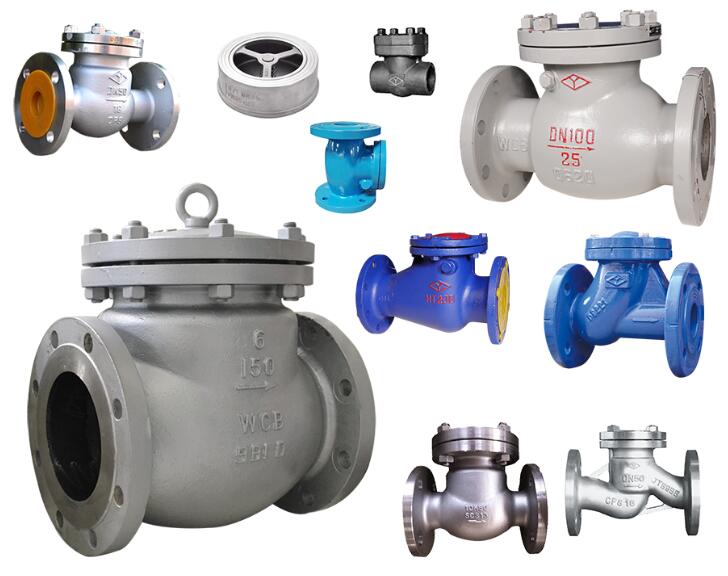
Types of Farpro Check Valves
With a pass rate of over 93% on single test runs, our check valves are consistent and accurate, a result of our commitment to utilizing the latest technology and machinery, and adhering to strict quality control measures during the manufacturing process.
We also prioritize timely delivery of our products, with a delivery rate of over 99%. We understand that project timelines and schedules are crucial, and we strive to ensure that our valves are delivered on time to meet our customers’ needs.
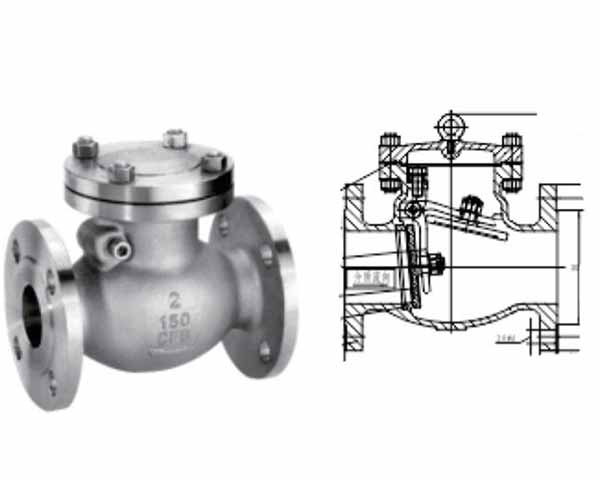
Swing Check Valve Stainless Steel – API H44W
The opening and closing parts of the H44W swing check valve stainless steel is a
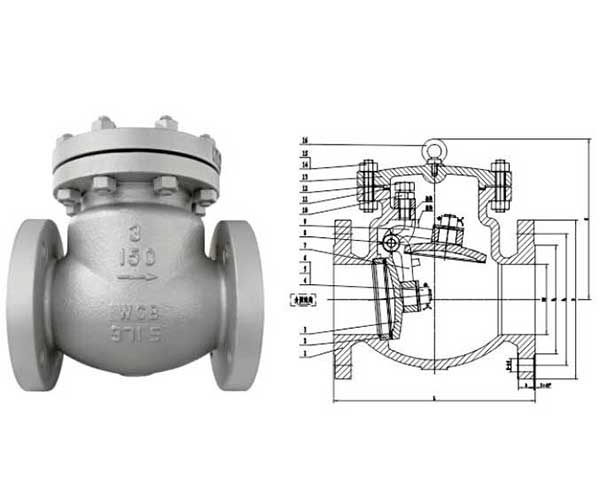
Swing Check Valve Cast Steel – ANSI API H44H
H44H swing check valve is suitable on the nitrk acid type pipelie does prevents the
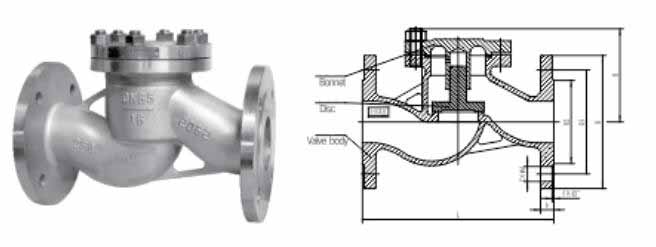
Lift Check Valve Stainless Steel – H41W
H41W Lift check valves are a type of check valve that operate by lifting a
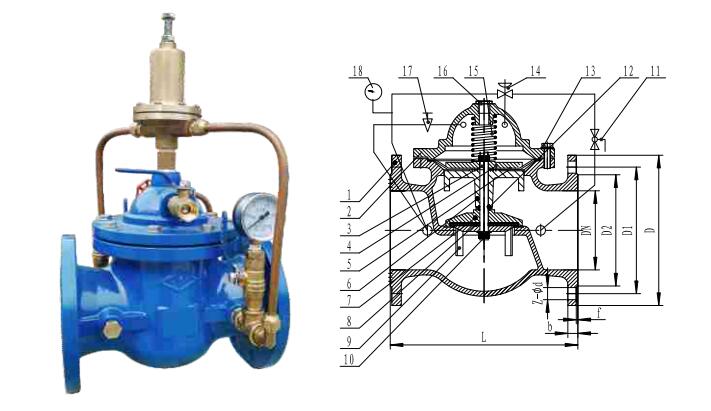
Pressure Control Check Valve – SK500
SK500 pressure control check valve in the pipeline can effectively release the pressure relief pressure
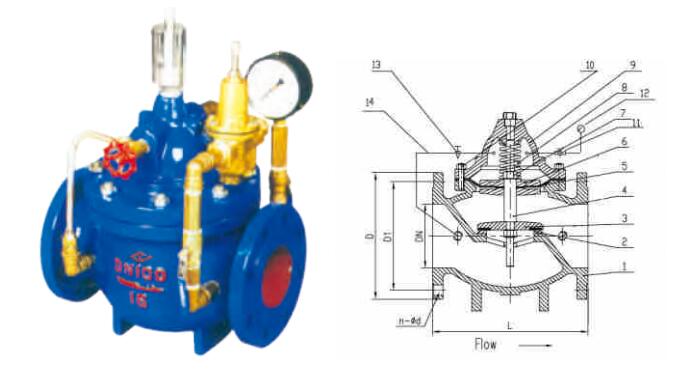
Flow Control Check Valve – SK400
SK400 flow control check valve controls the water pressure in the pipeline to automatically operate
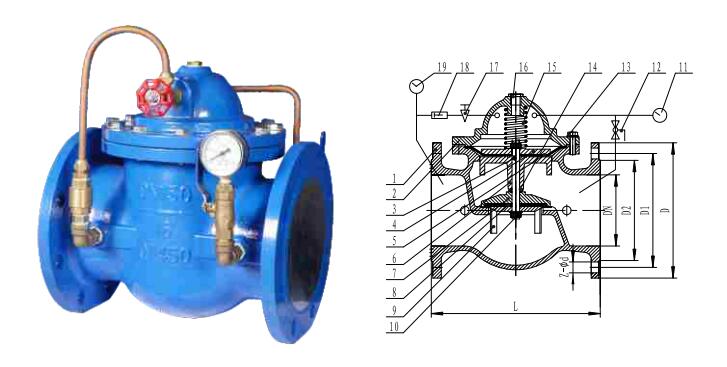
Slowly Close Silent Check Valve – SK300
SK300 slowly close silent check valve is a type of check valve that is designed
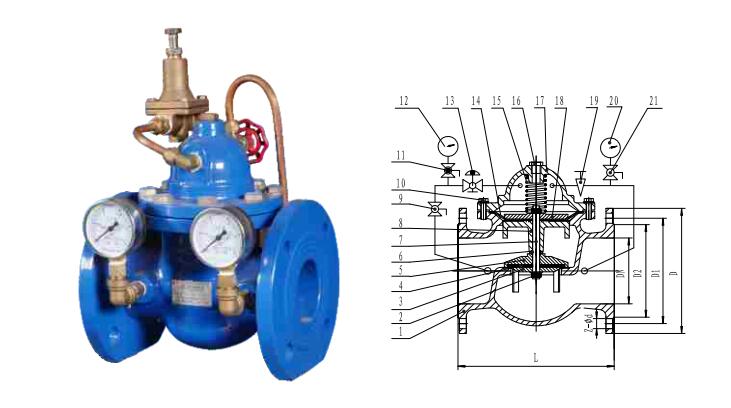
Adjustable Pressure Reducing Ball Check Valve – SK200
SK200 adjustable pressure reducing ball check valve is a type of valve that is used
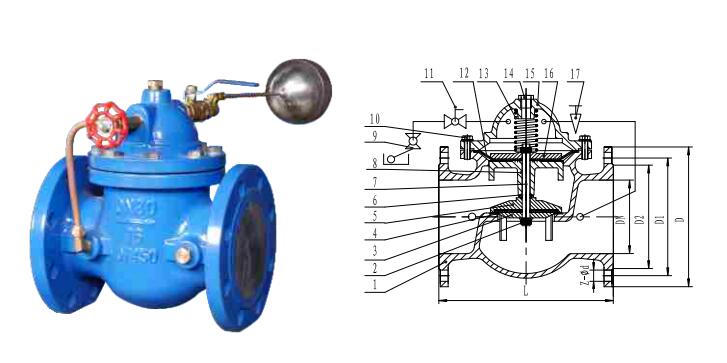
Remote Control Floating Ball Check Valve – SK100
SK100 remote control floating ball check valve is a type of valve that combines the
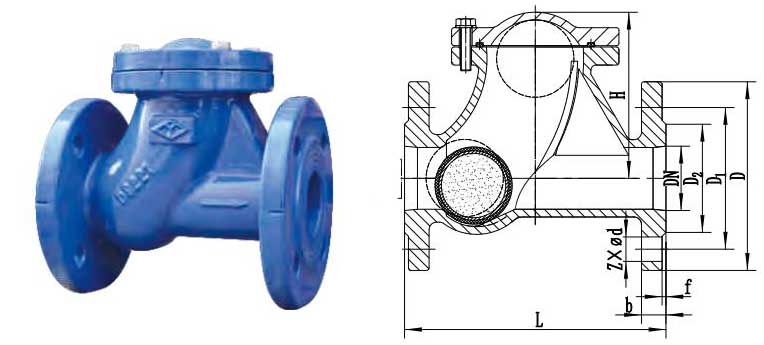
Orbital Ball Check Valve Cast Iron – HQ41X
HQ41X orbital ball check valve is a type of check valve that allows unidirectional flow
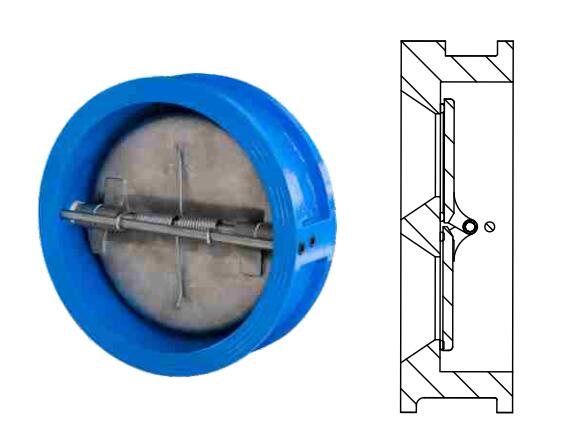
Wafer Butterfly Check Valve – DH77X
DH77X wafer butterfly check valve is a type of valve that allows fluid to flow
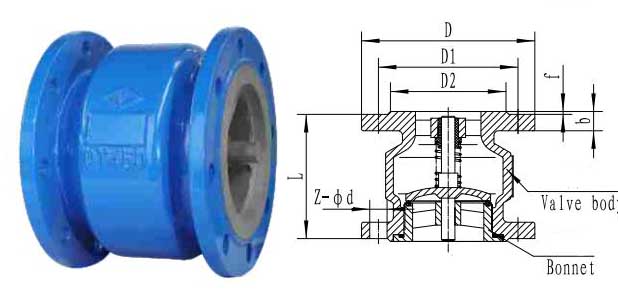
Silent Check Valve Flanged Cast Iron – HC41X
HC41X silent check valve is a type of check valve designed to reduce the noise
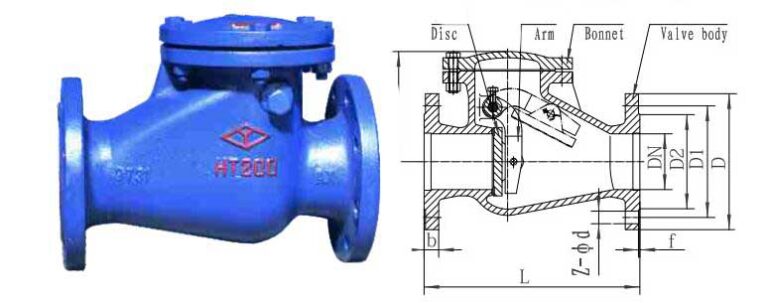
Swing Flanged Check Valve Cast Iron – H44T
H44T swing check valve is a type of check valve that allows flow in one
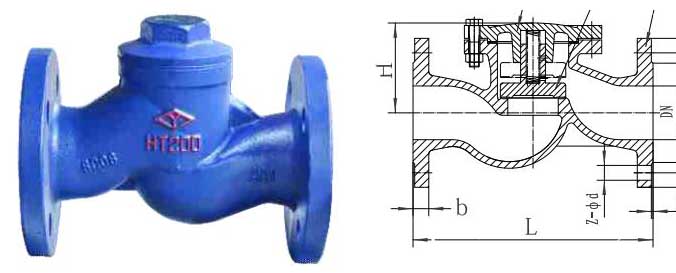
Lift Flanged Check Valve Cast Iron – H41T
H41T Cast iron lift flanged check valves are commonly used in applications where the flow
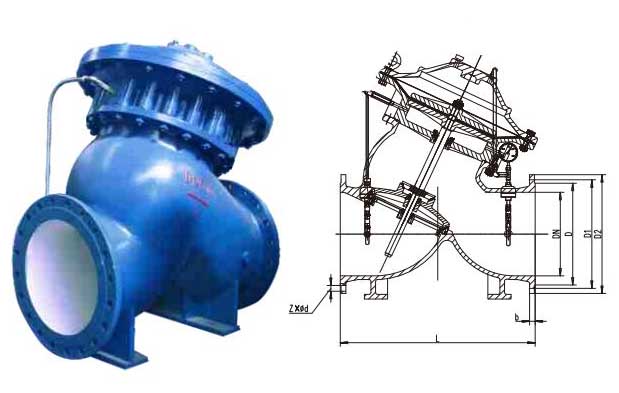
Pump Control Lift Check Valve – JD745X
JD745X pump control lift check valve is used in the water supply system of high-rise
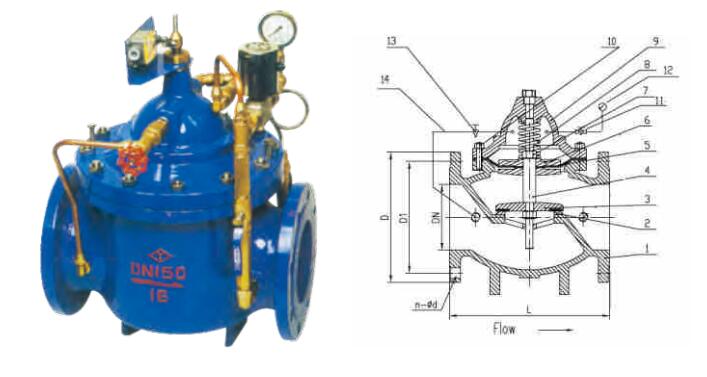
Water Pump Control Check Valves – SK700
SK700 water pump control check valve can control valve of the pump. When the pump
Advantages of Check Valves
- Preventing Backflow: The primary advantage of non-ruturn check valves is that they prevent backflow, which can cause damage to equipment and disrupt the flow of fluid in a system. By preventing backflow, check valves help to maintain system efficiency and prevent costly downtime.
- Reduced Maintenance: Check valves require little maintenance compared to other types of one-way valves. They are typically designed to operate without any external power source, making them easy to install and maintain.
- Energy Savings: Check valves can help to reduce energy consumption in a system. By preventing backflow, check valves reduce the need for additional pumping power to compensate for the loss of pressure caused by reverse flow. This can result in significant energy savings over time.
- Improved System Efficiency: Types of check valves can improve the overall efficiency of a system by maintaining a consistent flow of fluid in one direction. This can help to reduce the wear and tear on equipment and improve the performance of pumps and compressors.
- Preventing Water Hammer: Pipelines carrying liquids, such as water distribution systems, rapid changes in flow velocity can cause pressure surges known as water hammer. Check valves help mitigate the effects of water hammer by preventing the sudden reversal of flow, which can lead to pipe damage, leaks, or even system failure.
- Maintaining System Pressure: Some pipeline systems, check valves are used to maintain the desired pressure levels. For example, in water distribution networks, check valves can prevent the backflow of water from higher-pressure areas to lower-pressure areas, ensuring consistent water pressure throughout the system.
- Preventing Backflow of Hazardous Materials: Pipelines carrying hazardous materials, such as chemicals or toxic gases, check valves are essential for preventing backflow and potential leaks or spills that could pose environmental or safety risks.
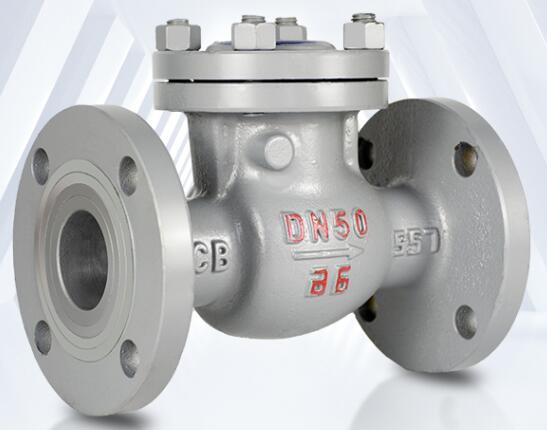
Swing Check Valve
Swing check valves are the most common type of check valves. They consist of a disk that swings on a hinge, allowing the fluid to flow in one direction and closing when the fluid flows in the opposite direction.
Swing check valves are suitable for applications with low to moderate flow rates, and where back pressure is minimal.
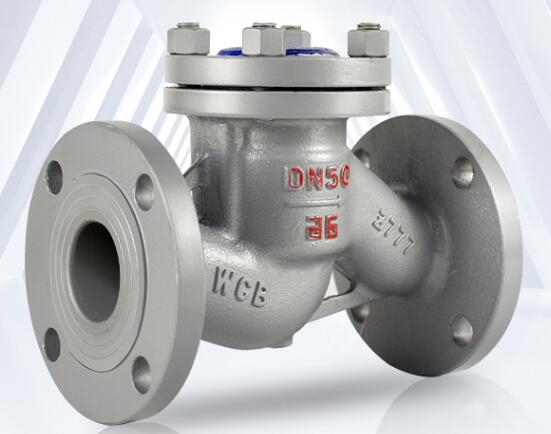
Lift / Piston Check Valve
Lift/Piston check valves are similar to swing check valves, but instead of swinging, the disk moves up and down to open and close the valve. Lift check valves are suitable for high-pressure applications and where the flow rate is low to moderate.
Piston check valves are commonly used in oil and gas pipelines, power generation, mining, and petrochemical industry applications to prevent backflow of fluids or gases and protect the equipment from damage.
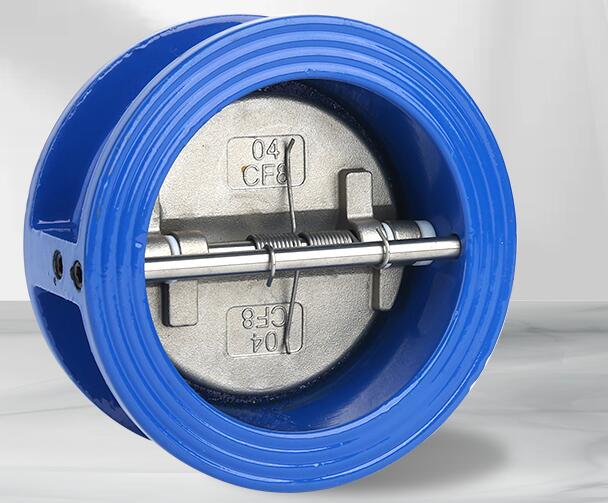
Wafer Check Valve
The wafer check valve is thin and structurally stable, so it can be adapted to a wide range of scenarios.
This type check valve is widely used in roommate chemical, metallurgical manufacturing, pharmaceutical, environmental protection, paper making, mining, urban construction, household pipeline and other industries.
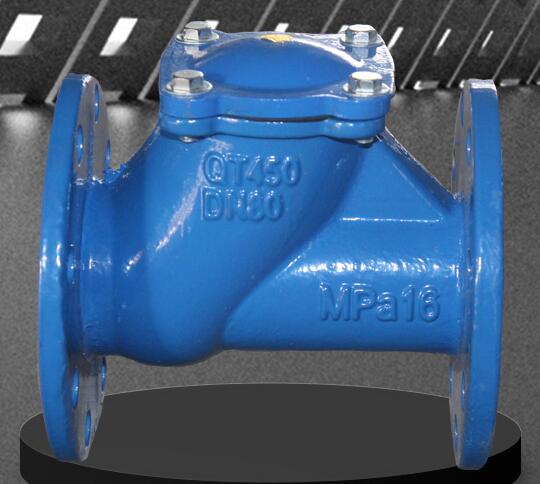
Ball Check Valve
Ball check valves use a ball-shaped disk to control the flow of fluid. When the fluid flows in the desired direction, the ball moves away from the valve seat, allowing the fluid to pass through.
When the fluid flows in the opposite direction, the ball is pressed against the valve seat, preventing backflow. Ball check valves are suitable for applications with high flow rates and where minimal pressure drop is required.
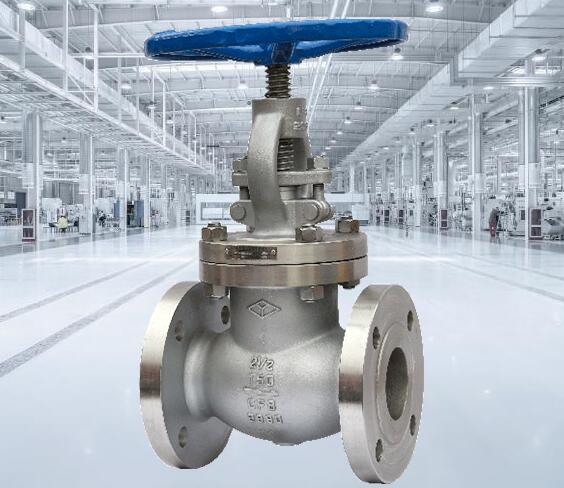
Stop Check Valve
Stop check valves combine the features of a lift check valve and a globe valve. They allow fluid to flow in one direction and close to prevent backflow.
However, they also allow the operator to manually close the valve in the event of an emergency or maintenance. Stop check valves are suitable for high-pressure applications and where frequent maintenance is required.
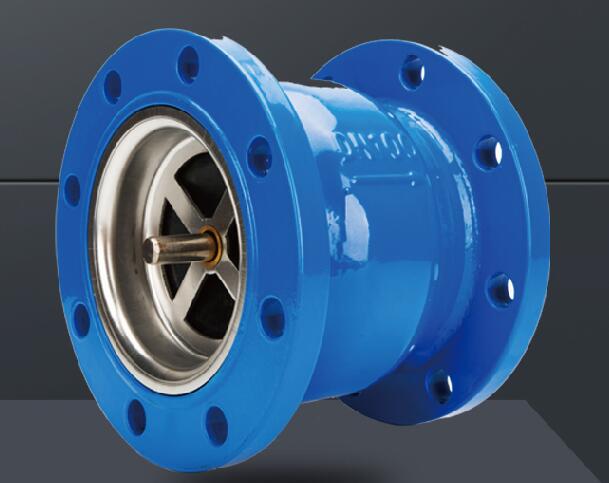
Silent Check Valve
A silent check valve is a type of valve that is designed to prevent backflow in a piping system. The valve body is usually made of metal or plastic and contains the other components of the valve. The nozzle is a small opening in the valve body that allows fluid to flow through. The check valve element is located inside the valve body and is designed to allow fluid to flow in one direction only.
The scope of application of a nozzle check valve can be in a wide range of industries, including oil and gas, chemical, petrochemical, pharmaceutical, food and beverage, and water treatment. These valves can be used in a variety of applications, such as pipelines, pumps, and compressors, to prevent backflow and protect equipment.
The Most Important Applications and Uses of Check Valves
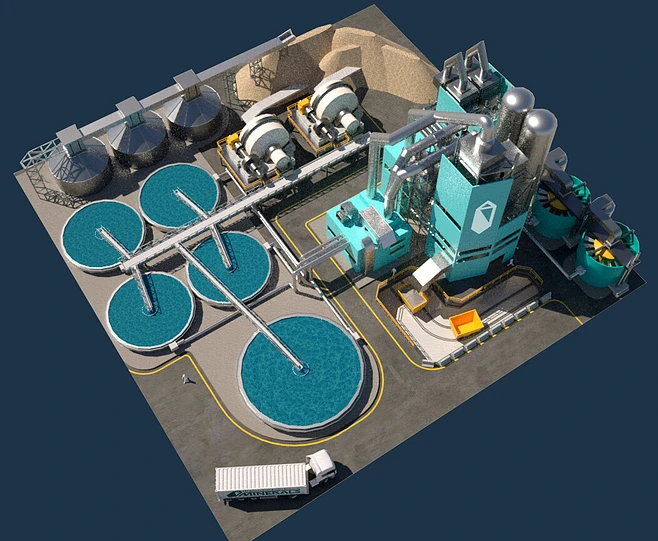
Water Treatment Project
Swing check valves are commonly used in water treatment plants to prevent backflow and protect pumps. According to Farpro's statistics, it was found that different types of valves are used for each level of general wastewater treatment.
1. The first step, primary treatment, removes solid pollutants in suspension, and most physical treatment methods meet the requirements of treatment. After primary treatment, the removal rate of BOD is generally around 30%. Here commonly used valves and pipeline accessories are: knife gate valves, triple eccentric butterfly valves, filters, etc.
2. the second step, the need to remove the colloid and dissolved organic pollutants in the sewage (BOD, COD substances), the removal rate of 90%, so that organic pollutants meet the discharge standards, suspended matter removal rate to 95%. The valves commonly used here are soft seal butterfly valves, gate valves, ball valves, check valves, etc.
3. the third step, the main methods include biological denitrification and phosphorus removal, coagulation and sedimentation, sand filtration, activated carbon adsorption, ion exchange and electroosmosis. The valves needed here are butterfly valve, gate valve, ball valve, check valve, rubber soft joint, etc.

Power Generation Industry
Farpro believes that power plant applications put piping and valves under tremendous stress, so valves need robust materials and designs to handle the multiple tests of circulation, temperature and pressure.
Stop check valves are commonly used in power generation applications, where high-pressure steam and fluid must be controlled to ensure safety and prevent damage to equipment.
In addition to the main steam valves, power plants have many auxiliary pipelines. These auxiliary pipelines consist of a wide variety of globe valves, butterfly valves, check valves, ball valves, and gate valves.
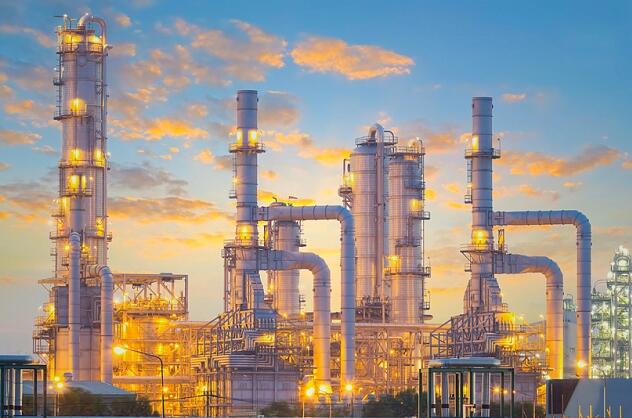
Chemical Processing
Ball check valves are commonly used in chemical processing applications, where the flow rate is high, and pressure drop is minimal.
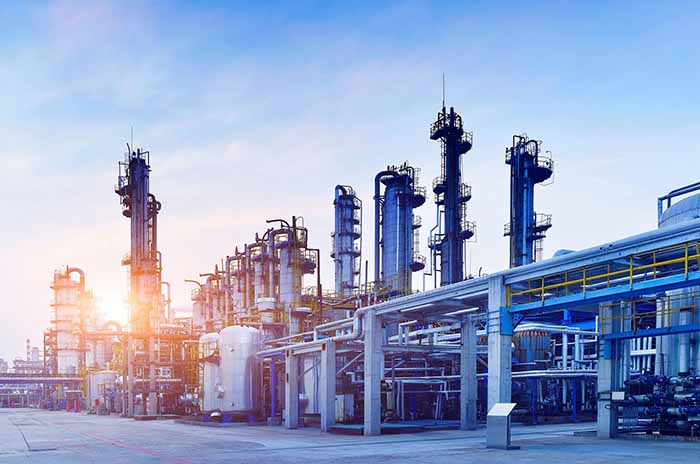
Oil & Gas / Marine Industry
Farpro has concluded, based on global sales and data, that the demand for valves in the global oil and gas extraction industry and transportation industry continues to grow. This demand has led to the oil and gas industry's quest for deeper drilling pipelines and lower production costs, so technicians are taking greater care in selecting quality valve equipment and hardware.
Diaphragm check valves are suitable for the oil and gas industry, where the fluid may contain debris, and low pressure drop is required.
What Regions and Factories Has Farpro Valve Worked with?
Power Plant Industry
- Vietnam Shenglong 2*300MW Thermal Power Plant Project
- Thailang TPI PP 150MW Power Plant Project
- Bangladesh Hiraganjie 225MW Combined Cycle Power Plant Project
- South African Tubatse Mine Thermal Furnace Waste Heat Power Generation Project
- Korla 2*350MW Cogeneration Project
- Olese Hydroelectric Power Station Cambodia
Oil&Gas / Petrochemical Suppliers
- Baofeng Energy Group
- China Petroleum Engineering Construction
- SABIC Corporation Indonesia Natural Gas Project
- Geophysical Exploration Project in Saudi Arabia
- Kazakhstan Kolzhan Prospecting Project
- Ghana TEMA Tank Project Fire Valve Purchase
Urban Construction Suppliers
- Poland Krakow Water Transmission Project
- Uzbekistan Tusterrick Pumping Station Project
- Pakistan SK Project
- Angola Nova Ciamangola 5000TPD Project, etc.
Farpro Valve Beliefs
We believe that treating each product seriously and receiving each customer sincerely are the most important things for Farpro Valve.
Our check valves do not necessarily have the lowest price, but we will definitely be the most honest manufacturer and your most faithful partner.
Farpro Valve is a global valve manufacturer that specializes in the research, development, production, and sales of valves for a variety of industries. Our products meet a range of standards including GB/JB, API, ANSI, AWWA, DIN, JIS, GOST, and NF.
We offer a wide range of valves, including gate type valves, globe type valves, ball type valves, butterfly type valves, check type valves, diaphragm valves, pressure reducing valves, plug valves, and traps. Our valves are available in 12 major categories, 200 series, and 4000 sizes, providing our customers with ample options to suit their needs.
Our valves are made from a variety of materials, including brass, stainless steel, PVC, and cast iron, depending on the application and fluid or gas properties. We ensure that all of our products are of the highest quality and reliable in operation.
With an annual output of 80,000 tons, our products are widely used in industries such as petroleum, petrochemical, chemical, electric power, metallurgy, water conservancy, construction, pharmaceuticals, drainage, and more. Our valves are popular in over 30 countries and regions in Europe, Central Asia, West Asia, and beyond, including Germany, England, France, Italy, Brazil, and Poland.
At Farpro Valve, we prioritize honesty and integrity and strive to be the most faithful partner to our customers. Our check valves, for example, may not have the lowest price, but we guarantee that we are the most honest manufacturer in the market. Choose Farpro Valve for high-quality products and reliable service.
FAQs
What is a check valve?
– A check valve is a mechanical valve that allows fluid to flow in one direction while preventing backflow in the opposite direction.
What are the types of check valves?
– There are several types of check valves, including swing check valves, lift check valves, and ball check valves.
Where are check valves used?
– Check valves are used in a variety of industries, including oil and gas, water treatment, chemical, food processing, and HVAC.
What are the advantages of check valves?
– Check valves offer several advantages, including preventing backflow, reducing maintenance, saving energy, and improving system efficiency.
How do check valves help to save energy?
– Check valve can help to reduce energy consumption in a system by preventing backflow and reducing the need for additional pumping power to compensate for the loss of pressure caused by reverse flow.

